
Dr. Robyn and I are often stopped on hiking and running trails by fellow outdoor enthusiasts who notice our unique footwear choices. With puzzled looks on their faces, they ask us how we avoid spraining our ankles in such minimalist footwear on such uneven terrain. The truth is, minimalist shoe wearers are at a distinct advantage when it comes to avoiding dreaded—and often temporarily debilitating—ankle sprains. But not all minimalist shoes are created equal, and so it's important that we briefly mention the design features that help constitute a truly foot-healthy minimalist shoe. These features include the following:
-
A toe box that allows sufficient room for your toes to splay (i.e., no toe box taper)
-
A completely flat support platform from heel to toe (i.e., no heel elevation or toe spring)
- An overall lightweight design (i.e., no bulky materials to burden your foot and lower body)
-
A flexible sole that can be easily bent or twisted in multiple directions (i.e., no rigid soles)
- A low total stack height (i.e., minimal, yet still sufficient, material between your foot and the ground)
So, foot-healthy (and healthy-foot-shaped!) minimalist shoes help prevent ankle sprains in several distinct ways:
- They lower your foot’s center of gravity
- They allow you to position your toes in such a way as to prevent ankle rolling
- They encourage a strengthening of the structures crossing and supporting your ankle joint
- They improve tactile sensation, which allows you to adjust your foot position more quickly and deftly
Let's take a closer look at each of these important points.
1. A Lower Center of Gravity

Unlike conventional hiking boots that have extremely built-up soles and elevated heels, minimalist shoes possess almost no variation in sole height from heel to toe as well as a relatively thin sole. Because your foot is closer to the ground, it’s less likely to roll. In physics terms, the moment arm in minimalist shoes is extremely small or almost nonexistent, which is not true of conventional shoes, including most running shoes and hiking boots. A moment arm is the perpendicular distance from the point of rotation to the line of action of a force, and the moment is the tendency of the force to cause rotation (i.e., ankle rolling) about an imaginary axis through a point. A lower center of gravity in your foot (enabled by minimalist shoes) can therefore help reduce your chances of rolling your ankle.
2. Proper Toe Position

Most conventional shoes and hiking boots possess tapering toe boxes that force your toes into a wedge position, causing toe deformities and misalignment and other problems over time. This toe wedging is a true problem, as it strips your foot of its inherent ability to protect you from ankle rolls. When your toes are positioned or aligned the way nature intended, and when your foot is allowed to sit on a level plane, you create a stable base of support—a tripod, essentially—that naturally resists ankle rolling.

For optimal foot and ankle support, and to help prevent inversion sprains at the ankle, your toes (especially your little toe) should be in line with their corresponding metatarsal bones. Many of us need the gentle assistance of a toe spacing device, such as Correct Toes, to reposition our toes in this advantageous alignment. Correct Toes, of course, can be worn inside men's and women's wide toe box footwear to create this optimal splayed toe configuration and help protect you from ankle sprains.
SHOP CORRECT TOES
3. Improved Foot & Ankle Strength

Minimalist shoes treat your feet with the respect they deserve, and they challenge your feet and ankles to become strong, stable, adaptive, and resilient on their own. Unlike conventional shoes that attempt to immobilize your foot and control its movement, minimalist shoes encourage strength gains in the muscles, tendons, and ligaments that cross or act upon your ankle joint. Improving the strength of these structures can improve your ankle stability and prevent ankle sprains. And the great thing is, this strengthening is the byproduct of simply wearing minimalist shoes; it happens with every single step you take, without you even really having to try. You should notice strength gains in your foot and ankle after only a short amount of time in minimalist footwear.
4. Increased Tactile Feedback

Minimalist shoes provide your brain and body with increased tactile feedback—the sensory information relayed from your feet to your brain. The thin soles of minimalist shoes allow you to adjust your foot position “on the fly” to help prevent an inappropriate or injurious foot placement. Conventional shoes and hiking boots deaden your ability to detect subtle changes in terrain and actually encourage misplaced footfalls. Minimalist shoe wearers are, by and large, more aware of where each foot is landing and how it is landing than conventional shoe wearers, all of which has a protective effect when it comes to ankle sprains. Minimalist shoes allow you to be as deft as you can possibly be.
Minimalist Footwear: A Simple Antidote to Ankle Sprains

Minimalist shoes, especially the models that possess completely flat and flexible soles and wide toe boxes, can help prevent ankle sprains and numerous other foot, ankle, and lower leg problems, including bunions, plantar fasciosis, shin splints, and runner's knee. Most minimalist shoes are appropriate for hiking, even on rough terrain, though you should always exercise caution in slippery or challenging conditions. Some minimalist shoes may not be appropriate in cold conditions, and you should plan accordingly before heading off to participate in your preferred outdoor pursuits.
Also, if you are new to the world of minimalist shoes or are thinking about making the switch from conventional shoes, it's important to make the transition in a slow and gradual manner. We recommended checking out this article, as it discusses how to avoid common pitfalls for new adopters and how to successfully transition to minimalist footwear. Also bear in mind that some traumatic ankle injuries may be unavoidable, regardless of the type of footwear you use. In our experience, we have found that minimalist shoes can help mitigate the risk of such injuries, but they alone may not be enough to thwart all possible causes of ankle trauma.
Examples of Beneficial Minimalist Footwear
Below is a short list of minimalist footwear options (for a variety of activities) that we personally have found to be helpful in preventing ankle sprains:
For Walking: Lems Primal 2 Shoes

The Lems Primal 2 is one of our favorite walking shoes to help prevent ankle sprains. The thin, yet protective sole of this shoe puts your foot much closer to the ground than conventional footwear, and the generous toe box allows your big toe (as well as your other toes) to contribute to foot and ankle support. The Primal 2 is a great training tool to foster foot and ankle strength and develop the kind of resiliency that will help you stand up to life's many physical challenges.
SHOP LEMS PRIMAL 2 SHOES
For Running: Xero Prio Shoes

For road running, and for stabilizing the ankle, the Xero Prio is one of our favorite footwear options. The Prio, like the Primal 2, has a low stack height that keeps your foot's center of gravity close to the ground. It's a lightweight and durable shoe that confers excellent ground feel, allowing you to better sense the nuances of the terrain upon which you're running. The Prio works great as a gym shoe, too, for which it's ankle stabilizing capabilities also come in handy.
SHOP XERO PRIO SHOES
For Hiking (Option #1): Lems Boulder Boots

The Lems Boulder Boot is one of our favorite minimalist hiking boots. This extremely lightweight boot offers all the foot protection you need, and it helps prevent ankle sprains by minimizing the amount of material between your foot and the ground and by improving your ground feel (poor tactile feedback from the feet is a common cause of ankle sprains, as discussed earlier in this article). The Boulder Boot can be easily folded and stowed, making it a great travel companion in addition to a foot-healthy footwear choice.
SHOP LEMS BOULDER BOOTS
For Hiking (Option #2): Xero TerraFlex Shoes

Optimal or desirable hiking footwear need not always be a boot, and the Xero TerraFlex is proof of that. This lightweight yet sturdy minimalist trail shoe is a great option for off-road adventures, and it's a strong ally when it comes to preventing traumatic ankle injuries, such as inversion sprains. With a roomy toe box that allows for optimal toe splay and a completely flat sole for natural arch support, the TerraFlex can tackle some of the gnarliest terrain while helping to fortify your foot and ankle.
SHOP XERO TERRAFLEX SHOES
For Casual Wear: Ahinsa Bindu 2 Barefoot Shoes

To help preserve the integrity of your foot and ankle while out and about around town, the Ahinsa Bindu 2 Barefoot is an excellent option. This lightweight and vegan minimalist casual shoe easily accommodates Correct Toes toe spacers and boasts a low stack height of just 6 mm—two key attributes that help ensure a naturally stable foot and ankle complex. Step in tune with nature—and preserve foot and ankle function while you're at it—with the Ahinsa Bindu 2 Barefoot.
SHOP AHINSA BINDU 2 BAREFOOT SHOES
For Water-Based Activities: Xero Cloud Sandals

For any warm weather activity in which water is involved, we favor the Xero Aqua Cloud. Foot-friendly and quick-drying, this huarache-inspired sandal is appropriate for a wide range of athletic activities, including paddleboarding, canoeing, kayaking, and tubing. The Aqua Cloud, which actually floats on water, incorporates a 6 mm FeelTrue rubber outsole, a strong and flexible anti-abrasion toe post, and a wide footbed that allows for optimal toe splay.
SHOP XERO AQUA CLOUD SANDALS

WANT TO IMPROVE YOUR FOOT HEALTH?
Let the team at Natural Footgear help you! Subscribe to our newsletter for the latest offers and helpful info, and sign up for our FREE email courses on various topics and foot health conditions.
Sign Up →
Want to Improve Your Foot Health?
We are here to help you every step of the way. Get our newsletter for the latest offers and helpful info, and sign up for our FREE email courses on various topics and conditions, including bunions, hammertoes, neuromas, plantar fasciosis, shin splints, ingrown toenails, and more.
Sign Up →
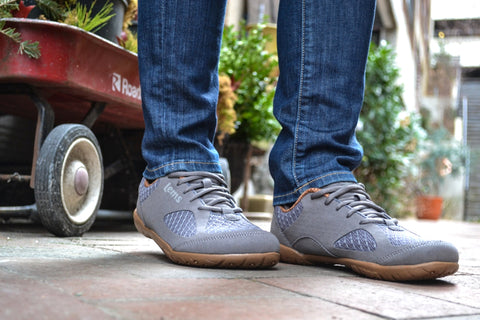 Many people are aware that a transition period is required when switching from conventional shoes to minimalist shoes (now sometimes referred to as “functional footwear”). In fact, this is one of the most common topics we hear about from patients and customers. Most people want to know the proper protocol for transitioning to men's or women's foot-healthy footwear—shoes, boots, or sandals that are widest at the ends of the toes,...
Read more
Many people are aware that a transition period is required when switching from conventional shoes to minimalist shoes (now sometimes referred to as “functional footwear”). In fact, this is one of the most common topics we hear about from patients and customers. Most people want to know the proper protocol for transitioning to men's or women's foot-healthy footwear—shoes, boots, or sandals that are widest at the ends of the toes,...
Read more















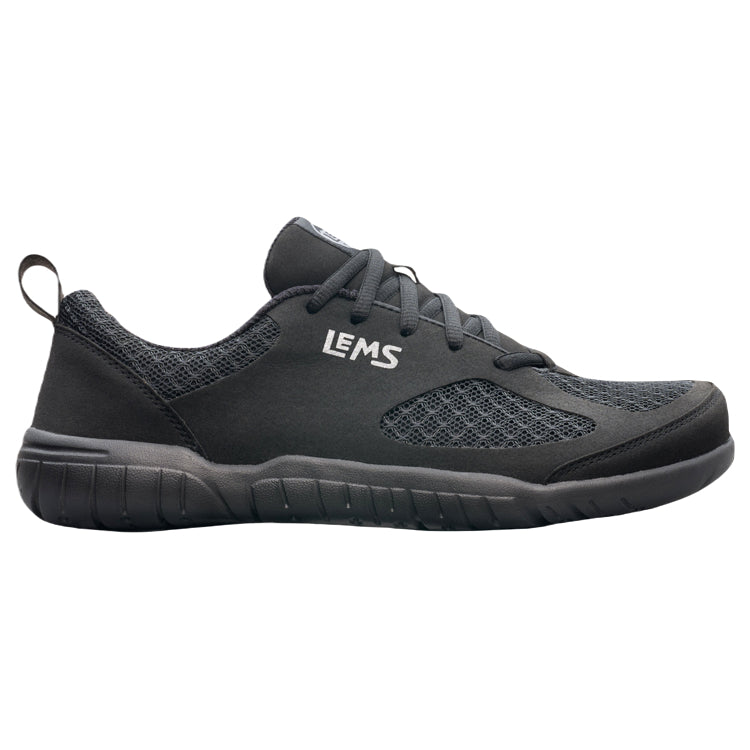
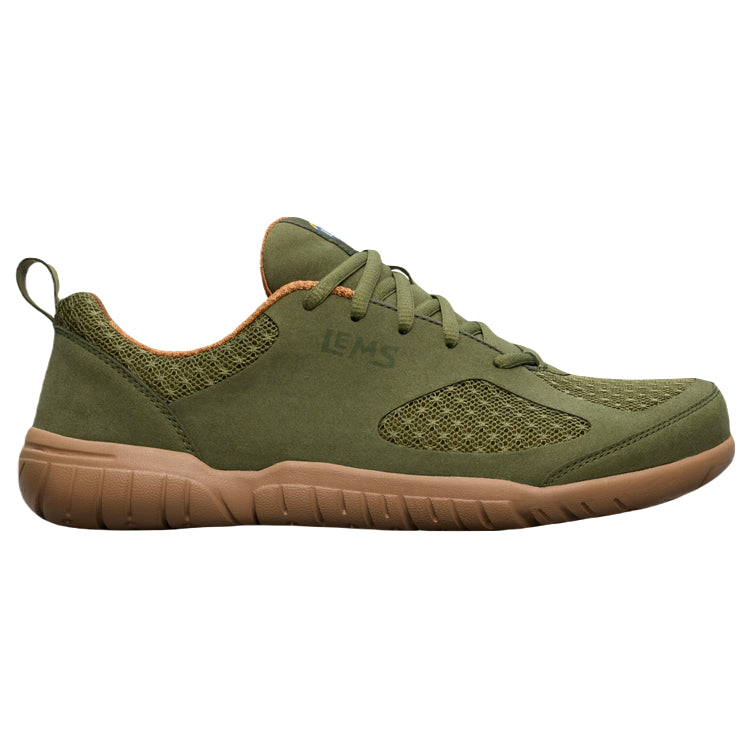
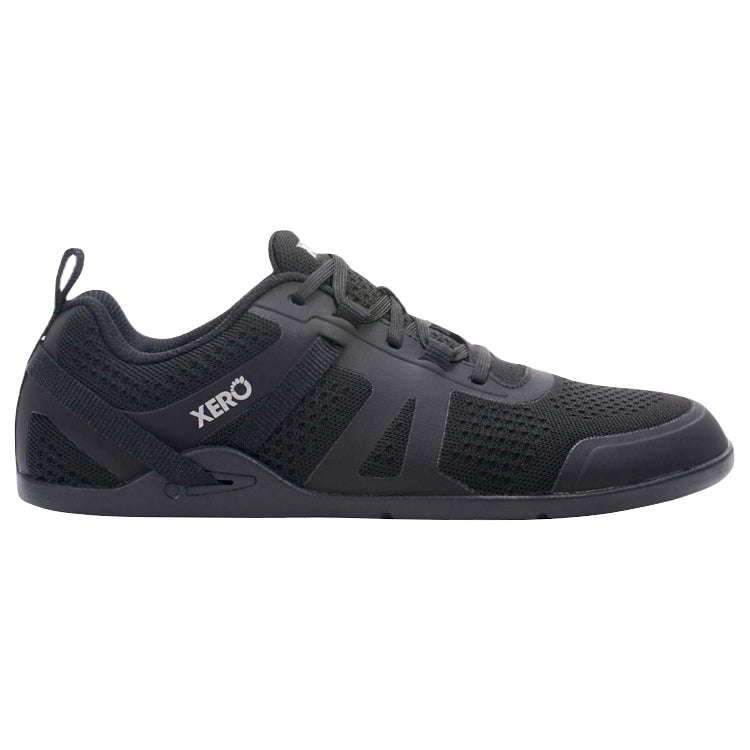
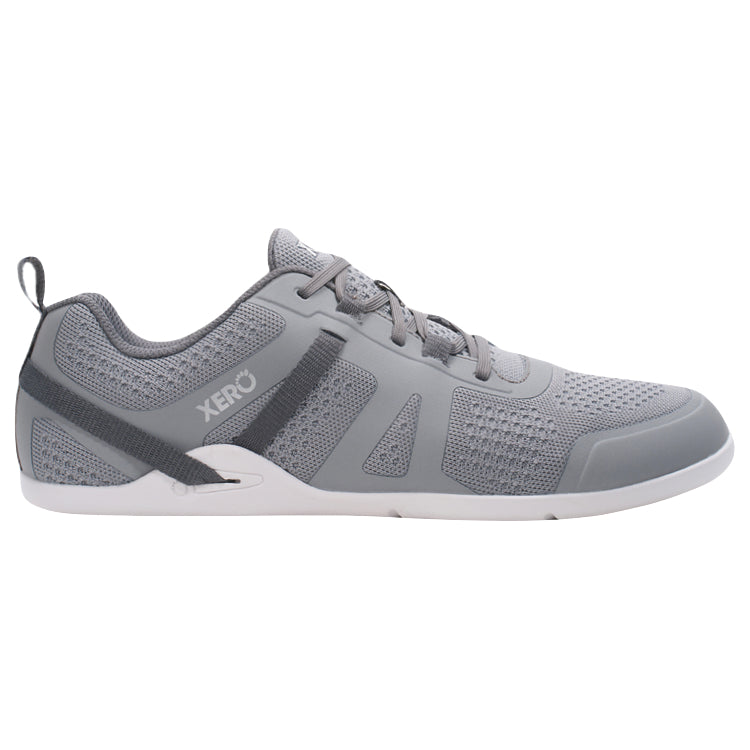
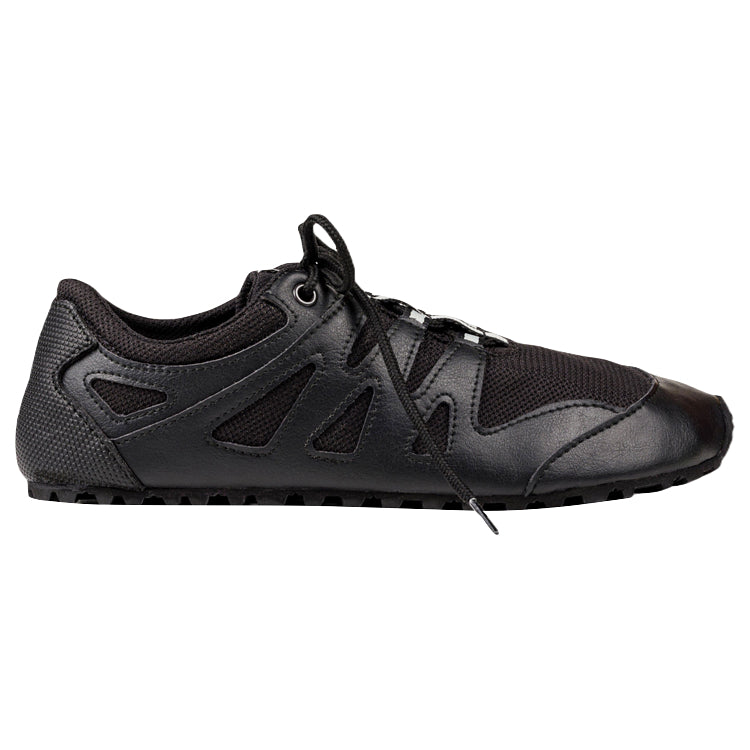
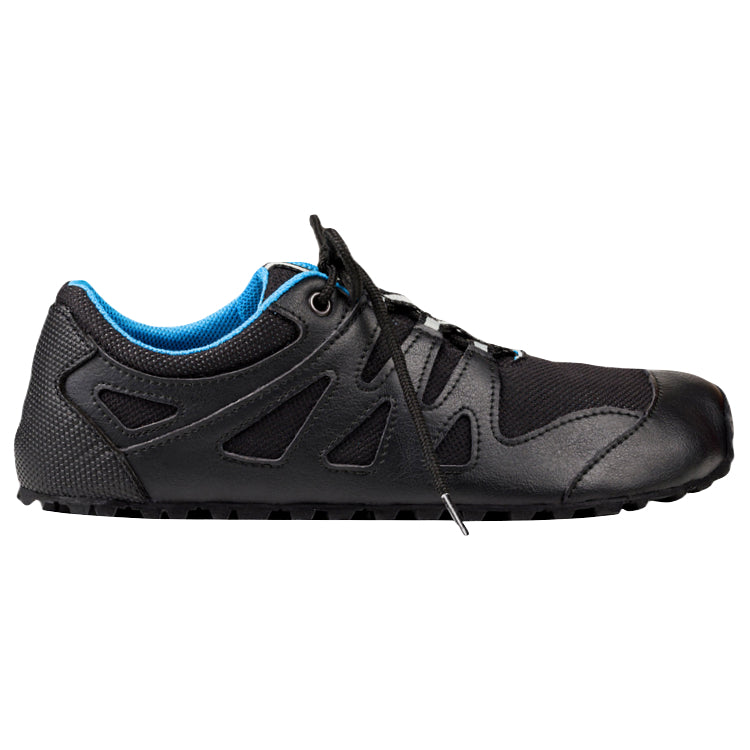
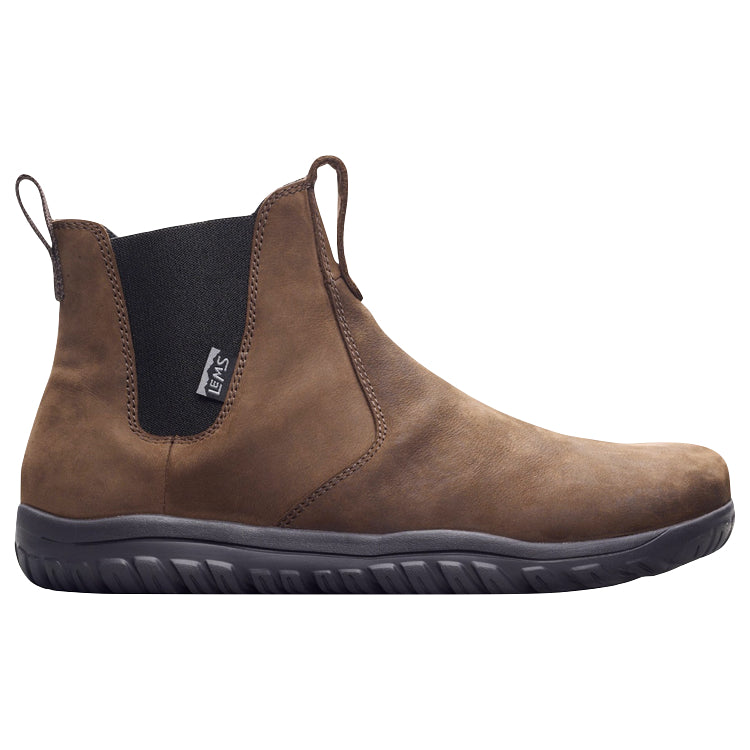
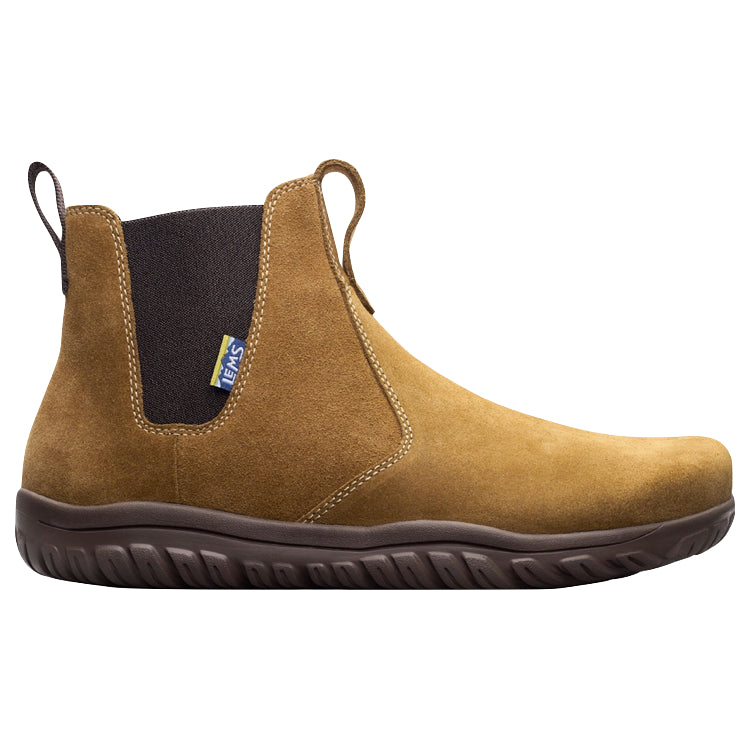
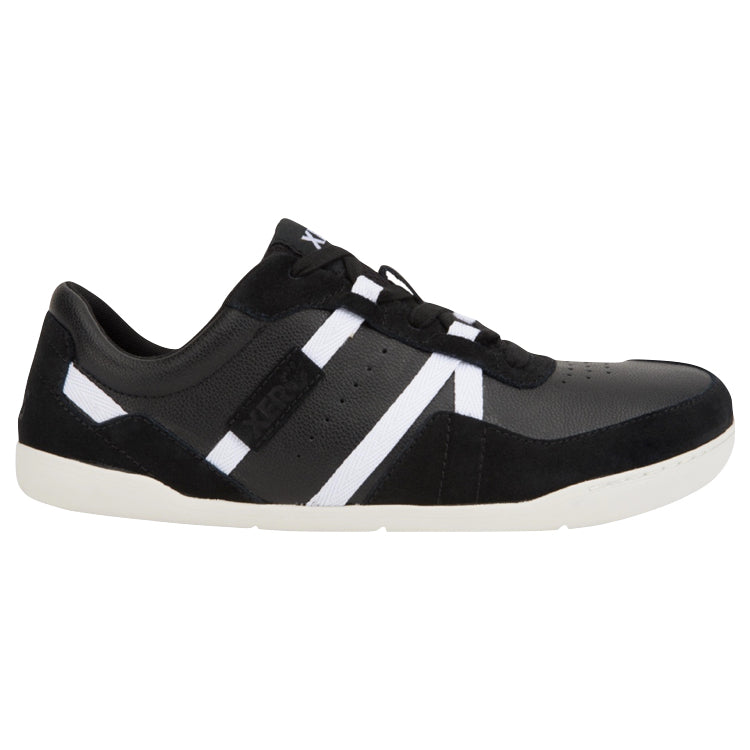
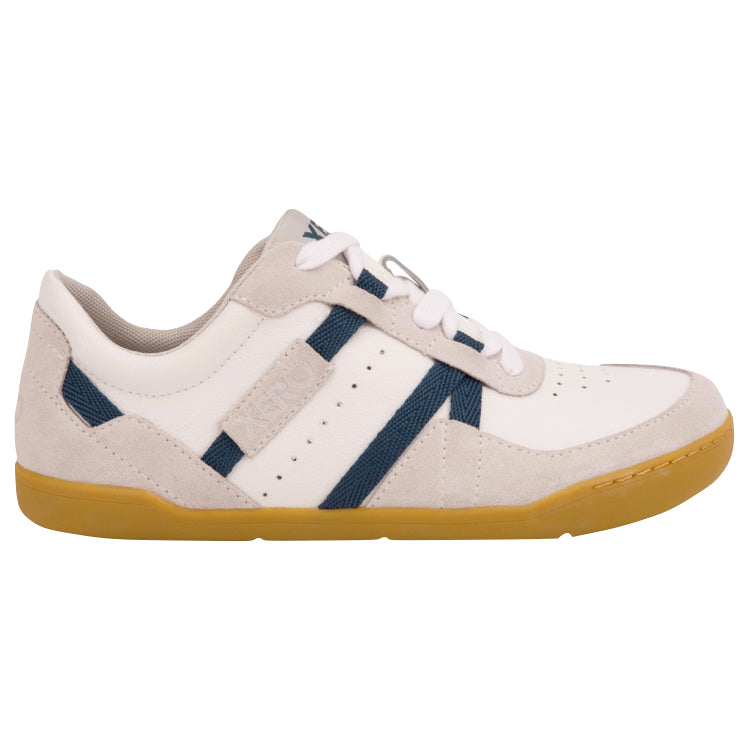
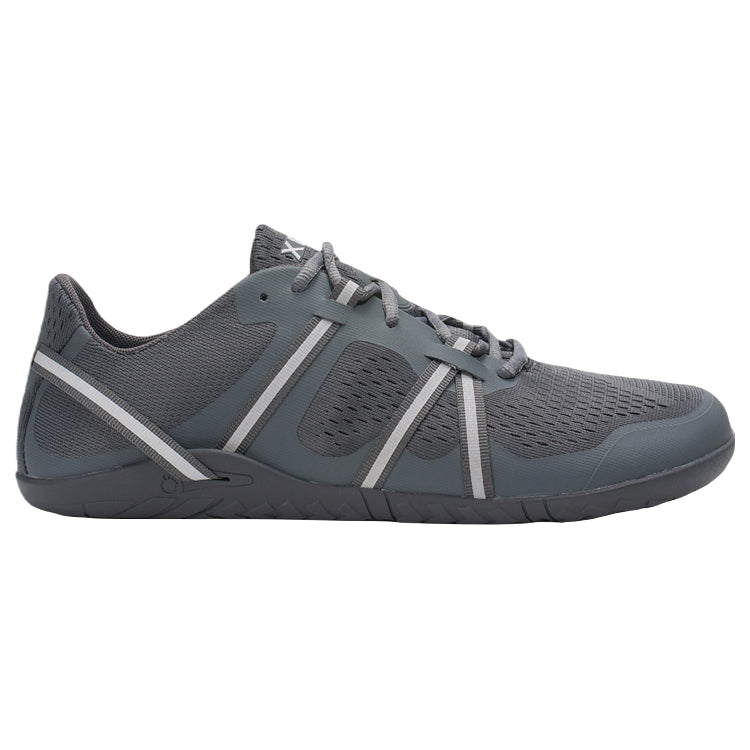
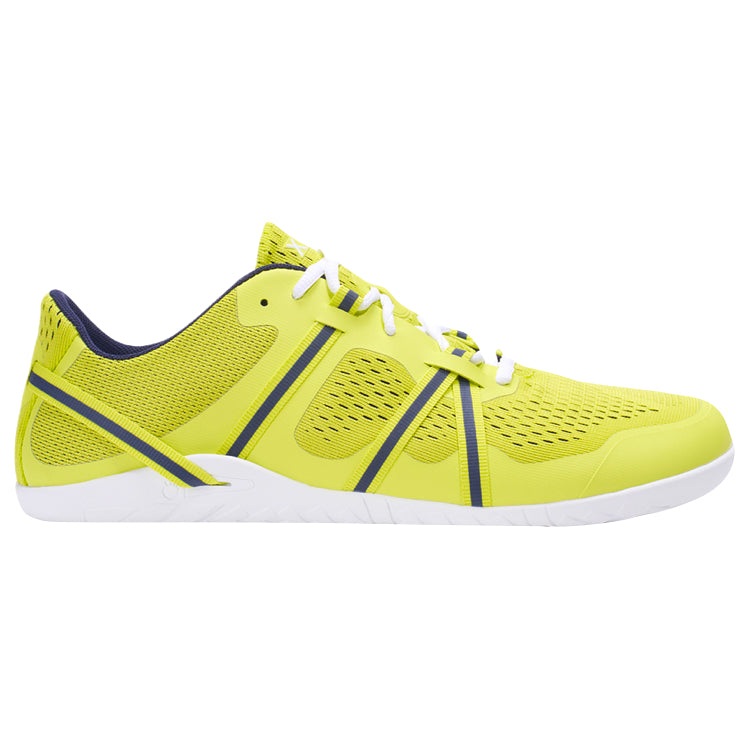

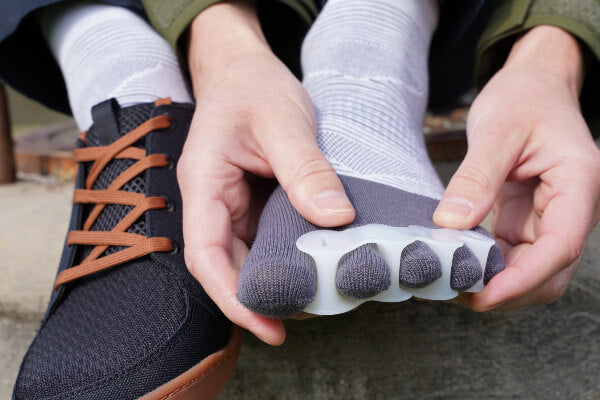
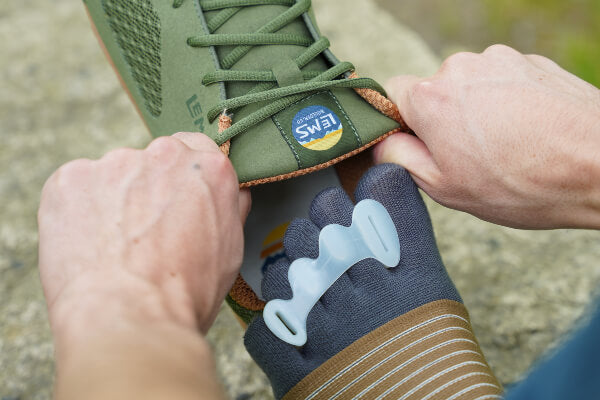
What are the awesome looking shoes in the picture at the top of the article?
Hi, Brick,
Thank you for your question. The shoes pictured in this image are Be Real Shoes:
www.naturalfootgear.com/pages/be-real-shoes
Cheers!
Marty Hughes, DC
Thanks for your fantastic resources! What’s your opinion on ballet flats?
Greetings, Sara,
Thank you for the positive feedback! We are happy to know when our resources are meeting people’s needs.
Regarding ballet flats, we hold true to our criteria for what constitutes a healthy shoe in general:
www.naturalfootgear.com/blogs/education/17878244-definition-of-a-healthy-shoe
While nearly all ballet flats offer the flatness from heel to toe that is preferable, and most are functionally flexible, nearly none of them offer a wide enough toe box (i.e., a toe box that’s widest at the ends of the toes) to accommodate natural, healthy toe splay. As they say, two out of three ain’t bad. Unfortunately, neither is it optimal. Vivobarefoot offers the best we have seen; this model is called the Jing Jing. It hits all three criteria with high marks, though it still may not be wide enough in the toe box for some.
Thanks again for posting. I hope we can continue to prove helpful!
All best,
Sarah K. Schuetz
What minimalist shoe do you recommend for indoor soccer on turf? How about a minimalist cross trainer? Suggestions? FYI: I am a 51-year-old indoor soccer player with glass ankles since age 13. Any help is greatly appreciated. Thanks!
Hi, Mark,
Thank you for your comment. And thank you for your questions!
One shoe that may be able to do double-duty and meet both of your needs is the Topo ST-2:
www.naturalfootgear.com/collections/mens-topo-shoes
It’s a lightweight, zero drop, wide toe box shoe that’s great for a wide variety of indoor and outdoor activities. Removing the included (optional) liner allows you to have an improved ground feel, which is important for both indoor soccer and cross training.
I hope this info helps!
Kind regards,
Marty Hughes, DC
I play pickleball outdoors and was wondering if you have a shoe that would work for that stop-and-go, side-to-side action?
Hi, Barbara,
Thank you for submitting your question! For activities like pickleball, we really like the Xero Prio athletic shoe. It’s got a nice wide toe box, a flat sole from heel to toe, and a relatively low stack height. You can learn more about this shoe here:
www.naturalfootgear.com/pages/xero-prio-shoes
I hope this info helps!
All the best,
Marty Hughes, DC
I love what you guys are doing here, thank you! I just wanted to say that I think the Lems Boulder Boots are a poor hiking choice because they have so little traction. I wish they’d put a better sole on because I love them apart from that and would happily hike in them otherwise.
Hi, Petra. Thank you for your comment. And thank you for your kind words!
In terms of the Lems Boulder Boot being a good or bad hiking boot choice, I think it depends on the kind of hiking you’re doing. From our perspective here at Natural Footgear, the Boulder Boot works great for the vast majority of hikes, with the possible exception of extremely slippery conditions (in particular, icy conditions). That problem can be solved, however, by using a winter traction aid in combination with the boots.
I’ve hiked the entire Annapurna Circuit in Nepal using nothing other than the Lems Boulder Boot as my footwear, and I’ve found them to be excellent for a multi-week hike such as this that incorporates all sorts of conditions and terrain. Would I use them for scaling a snowy, high-altitude mountain summit? Probably not. But for pretty much anything short of that, I have no qualms about donning these foot-shaped and lightweight boots.
Kind regards,
Marty Hughes, DC
Besides wearing barefoot shoes, do you have any resources or exercises for ankle strengthening, either to prevent sprains or as rehab?
Hi, Louise. Thank you for your excellent question! There are indeed a number of exercises you can do to strengthen and stabilize your ankles as a way to prevent (or recover from) ankle sprains. In our experience, we have found the most helpful exercises to be the ones associated with the BlackBoard Basic, Human Locomotion ToePro, Human Locomotion Two-to-One Ankle Rockboard, and Naboso Kineses Board foot gym tools. These tools are fantastic for improving ankle strength, and they allow you to target foot and ankle function from a variety of angles (and in a variety of ways).
Here are some resources from our site that discuss and demonstrate how you can put the above-mentioned tools to use for the purposes you inquired about:
How to Use the BlackBoard Basic
www.naturalfootgear.com/blogs/educational-articles/how-to-use-the-blackboard-basic
How to Use the Human Locomotion ToePro
www.naturalfootgear.com/blogs/educational-articles/how-to-use-the-human-locomotion-toepro
How to Use the Human Locomotion Two-to-One Ankle Rockboard
www.naturalfootgear.com/blogs/educational-articles/how-to-use-the-human-locomotion-two-to-one-ankle-rockboard
How to Use the Naboso Kinesis Board
www.naturalfootgear.com/blogs/educational-articles/how-to-use-the-naboso-kinesis-board
Regarding ankle sprains, another key factor for prevention and rehabilitation is splaying your toes! Functional footwear is a good start because it puts your foot on a flat, stable surface, which is important for ankle stability and for preventing any further pinching or deformation of your toes. Toe spacers, of course, take things to the next level, as they actively promote toe splay, which is essential for stabilizing and strengthening your ankles. Toe spacers also work great in combination with the tools and exercises mentioned above. Performing the Big Toe Stretch (www.naturalfootgear.com/blogs/educational-articles/big-toe-stretch) is another simple thing you can do to develop sturdier ankles. Just to say, then, that an aligned first metatarsophalangeal joint (MPJ) is a strong first MPJ, and a strong first MPJ enables a strong ankle. So, though we’re talking about ankles here, your toes—and how they are aligned—are a key part of the equation.
Of course, we always recommend that you coordinate any post-ankle sprain recovery activities with your musculoskeletal health specialist to ensure that your needs are being met and that you are receiving the most personalized care possible. Stabilizing the foot and ankle is such an important consideration for optimal long-term lower leg health and function, and we wish you all the best in this pursuit. If you have any additional questions about the above, or if you have other questions about natural foot health topics, please don’t hesitate to drop another comment here or reach out to us through our site’s contact form: www.naturalfootgear.com/pages/contact.
Yours in Foot Health,
Drs. Marty & Robyn Hughes
“… minimalist shoe wearers are at a distinct advantage when it comes to avoiding dreaded—and often temporarily debilitating—ankle sprains. But not all minimalist shoes are created equal …” I am in total agreement here. I have been running in zero-drop shoes for a while, first with Altras, then a mix of Altras and Xeros since about 2012. However, after living with deformed and defective feet for many years, I finally transitioned away from even the Altras. The driving factor is stability. The stack height is extremely important for foot stability. The transition took time for me to build up foot strength and to learn how to run with this type of shoe (or no shoe at all).
I have now been in Xero shoes exclusively for about 2 years. I feel better, and I have found no tendency to roll my ankles with Xero shoes. I run on all surfaces, however, mostly on trails—and I mean the trails of Southern Colorado, which mean shale most of the time. When I get to the mountains and other less intense trails, running is even more enjoyable. I think some of my issues were hereditary, but shoe selection was, I think, a huge issue. Also, for a large portion of my life, I rode a bicycle everywhere, using clip-in pedals. Bicycle shoes are notoriously bad. Most years, I rode 10,000–12,000 miles on the bike in conventional cycling shoes. That alone was a big contributor to my problem, I feel.
I hope that for the rest of my life, by continuing to work on foot health, I can reverse the damage I have done in the last 50+ years. (When I say I have bad feet, think of the worst bunion deformities you have ever seen, and then multiply that by 1000—that’s my feet.) I have been doing foot and toe yoga for 5-7 years now, along with using a balance beam, wearing Xero shoes, going barefoot, and doing other work to try to change my foot issues. Fortunately, I have no pain, and I can still run and be barefoot. I encourage everyone I talk to to check out Natural Footgear and Xero shoes. In my family alone, there are many believers. This topic is NOT talked about by enough medical personnel or others, and it should be. With most runners running in conventional footwear, I can understand why so many people are injured. It doesn’t have to be this way, though.
Hi, Lawrence,
Much appreciation for sharing your experience with natural footgear and foot and toe rehabilitation strategies! And congratulations on the hard-earned success you have achieved. We completely agree that this topic is not discussed enough in the healthcare community, though this is changing, thankfully. Keep up the great work, and all the very best to you in all you do!
Cheers,
Marty Hughes, DC
I have been following Natural Footgear for years, and I love your information and the products you recommend. Years ago, when I was wearing conventional footwear, I seemed to ALWAYS be spraining my ankles, and it was extremely frustrating as well as painful, and I did not like being laid up waiting for them to heal. Since switching to minimalist, zero-drop footwear, ankle sprains have become nearly nonexistent for me. My first pairs of minimalist footwear were Vibram FiveFinger shoes. Then I found Natural Footgear and Correct Toes. The toe spacers allow me to get the FiveFinger toe splay in my winter shoes and boots, which I find invaluable. I wear Xero Alpine boots in the winter, and they’re awesome. My chronological age is 68, but it’s ONLY a chronological age. I do all I can to stay fit and maintain a good quality of life.
Hi, Niara,
Thank you for your message. And thank you for sharing your inspirational story of healing! We are so glad to hear that you’ve benefited from a more natural approach to feet and foot health, and we wish you much continued success on your journey toward optimal foot health.
Kind regards,
Marty Hughes, DC
I have had chronic ankle instability for the last 12 years and have seen several doctors. Not a single one mentioned minimalist shoes as an option. After my most recent sprain a couple of months ago, I found your article through a Google search. I ordered the Lems Primal 3, and I am so happy that I did. I feel so much more stable, mainly because I can feel the ground. Even on uneven ground where I have a tendency to twist my ankle, the moment arm is so small. The sprain almost starts, but then doesn’t have much room to twist, so it’s saved. I used a Sof Sole insert to get a little more cushion for the transition. But after 2 months, I am very comfortable with the Lems alone, and my old ASICS GEL running shoes feel difficult to walk in. I am just upset that I did not know about this earlier. Many thanks to you for writing this article. Very grateful indeed.
Hello, Subash,
Thank you for your comment and kind words! Much appreciated!
I’m sorry that you’ve had a history of ankle sprains, but I’m glad to hear that you’re doing much better in a foot-healthy shoe such as the Lems Primal 3. We encourage you to share your experience with as many people as possible to help get the word out about natural approaches to footwear and foot health. Thanks again for writing in, and here’s wishing you much continued success on your journey to optimal foot health!
All the best,
Marty Hughes, DC
I have neuropathy, so painful feet and balance problems. I think these minimalist shoes would not be the right fit for me, correct?
Hi, Barbara,
Thank you for your question. I’m so sorry to hear about your neuropathy and balance issues. Some people with neuropathy find benefit in footwear that allows for a more natural foot position, as well as footwear that helps combat neuropathy-related muscle loss. For those with balance issues, using footwear that has a wider base of support and a lower stack height can be helpful in preventing falls. What’s most important, though, is consulting with a foot care professional who can recommend shoes that are most appropriate for your unique circumstances.
Kind regards,
Marty Hughes, DC